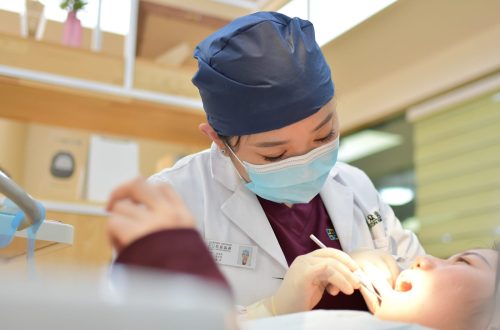Introduction
In recent years, the field of dentistry has witnessed remarkable advancements in biocompatible materials, revolutionising the way dental treatments are approached and delivered. These innovations have become particularly significant for practices like your local dentist Swindon, where patient comfort and safety are paramount considerations in treatment planning.
Understanding Biocompatible Materials
Biocompatible materials are substances that can harmoniously interact with human tissue without causing adverse reactions. Recent studies on dental biomaterial development have shown significant progress in creating materials that closely mimic natural tooth structure while maintaining optimal biological compatibility.
Key Properties of Biocompatible Dental Materials
The essential characteristics that make dental materials biocompatible include:
- Non-toxic composition
- Chemical stability in the oral environment
- Resistance to corrosion
- Appropriate mechanical properties
- Thermal compatibility with natural tooth structure

Applications in Modern Dental Practice
Contemporary dental practices increasingly utilise biocompatible materials across various treatments. Comprehensive testing protocols for dental material compatibility have established stringent standards for their application in clinical settings.
Common Uses in Restorative Dentistry
The integration of biocompatible materials has transformed restorative dentistry in several key areas:
- Dental fillings and composites
- Crown and bridge materials
- Dental cement and bonding agents
- Implant components
Advanced Material Technologies
Modern dental practices now have access to cutting-edge biocompatible materials that offer superior properties. These include zirconia, lithium disilicate, and advanced composite resins. Emerging research in dental biomaterials continues to expand the possibilities for treatment options, particularly in areas requiring high aesthetic demands and durability.
Patient Benefits and Treatment Outcomes
The adoption of biocompatible materials has significantly enhanced patient experiences and treatment outcomes. When visiting a dentist in Swindon or any other dental professional, patients can now benefit from materials that not only look natural but also function seamlessly with their existing dental structures.
Enhanced Durability and Aesthetics
Modern biocompatible materials offer remarkable advantages in terms of longevity and appearance. These materials demonstrate exceptional resistance to wear and tear, maintaining their aesthetic properties over extended periods. This durability translates to fewer replacement requirements and more cost-effective treatment solutions for patients in the long term.
Reduced Risk of Allergic Reactions
One of the most significant advantages of biocompatible materials is their minimal risk of triggering allergic responses. This characteristic makes them particularly suitable for patients with sensitivities to traditional dental materials, ensuring safer and more comfortable treatment experiences.
Future Developments and Innovations
The field of biocompatible dental materials continues to evolve, with ongoing research focusing on several promising areas:
- Smart materials that respond to oral environment changes
- Biomimetic materials that replicate natural tooth properties
- Sustainable and eco-friendly material options
- Enhanced antimicrobial properties
Integration with Digital Dentistry
The combination of biocompatible materials with digital dentistry techniques has opened new possibilities for treatment precision and efficiency. Computer-aided design and manufacturing (CAD/CAM) technology allows for the creation of highly accurate restorations using these advanced materials, ensuring optimal fit and function.
Conclusion
The integration of biocompatible materials in modern dentistry represents a significant leap forward in dental care quality and patient comfort. These materials continue to reshape treatment approaches, offering solutions that are not only safer and more effective but also more aesthetically pleasing. As research advances and innovations emerge, the future of biocompatible materials in dentistry looks increasingly promising, benefiting both practitioners and patients alike.


